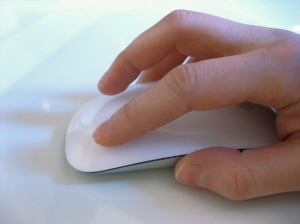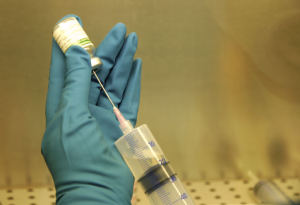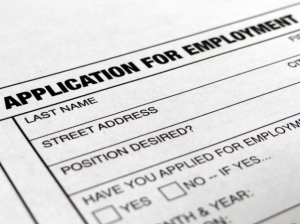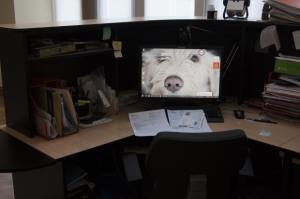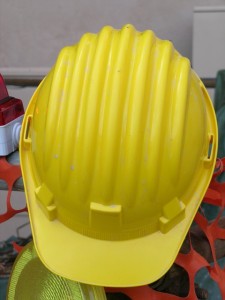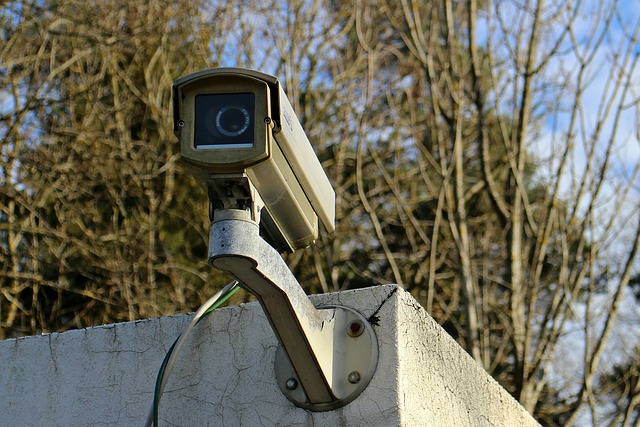March is coming up soon and it is Eye Safety Awareness Month. It’s a good month to review the ways you can prevent eye injuries, especially at work. According to statistics, over 2000 eye injuries take place in workplaces daily. About one in ten of these work injuries in Homestead and across the country are serious enough to result in lost work time. In about 10 to 20 percent of cases, workers suffer temporary or permanent loss of vision.
Of course, some workplaces are more dangerous than others. Construction site injuries in Homestead and other communities often result in eye injuries and head injuries, for example. Factory jobs also carry a high risk. But just because you work in a less dangerous job, though, does not mean that you don’t have to worry about eye injuries. Statistics show that about 40% of eye injuries that happen in the workplace occur in labs, offices, healthcare settings, and other workplaces we don’t usually consider as being “high risk.”
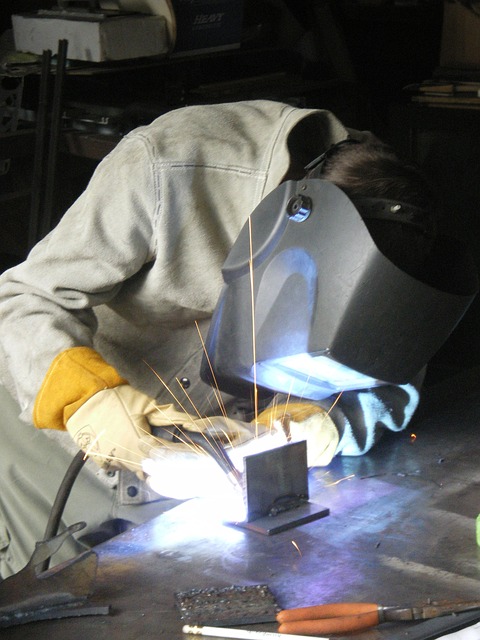
Experts agree that many workplace injuries and eye injuries are preventable. Most eye injuries in the workplace are caused by chemicals, tools, flying objects, radiation, and particles. In many cases, these injuries can be prevented with these tips:
•Use safety classes with side shields in any environment where flying objects, dust, or particles are a risk.
•If working with radiation, fiber optics, lasers, or welding, use the specially-designated helmets and goggles designed for the risk – regular goggles or safety glasses will not work.
•When working with corrosive chemicals, splashing is a risk, so you will want to wear a face shield or safety goggles. This can help prevent not only eye injuries but also burn injuries in your Homestead workplace.
•Always wear safety eyewear when you are in a dangerous site. Even if you are just passing through a higher-risk area, you could sustain an injury if you are not wearing the right gear.
•Choose your safety eyewear carefully. The eyewear should be appropriate for the task or risk and should be comfortable while providing good vision. If the eyewear is so uncomfortable that you end up taking it off and putting it back on again, you may be at greater risk because you might forget to put on your eye gear again when you need it. Shop around until you find something you don’t mind wearing.
•Keep extra safety eyewear on hand. This way, you will always have the appropriate safety eyewear on hand, even if you lose or break one pair of goggles or safety glasses.
•Get eye checkups regularly. Some eye injuries – including eye strain – may not present symptoms right away and a doctor can help you spot any problems early so that you can start treatment.
Continue reading →
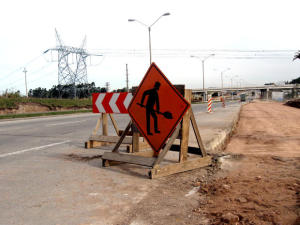 . According to safety experts at the American Federation of Labor & Congress of Industrial Organizations, many fatal and serious workplace accidents in Homestead and across the country are preventable.
. According to safety experts at the American Federation of Labor & Congress of Industrial Organizations, many fatal and serious workplace accidents in Homestead and across the country are preventable. Florida Injury Lawyer Blog
Florida Injury Lawyer Blog


